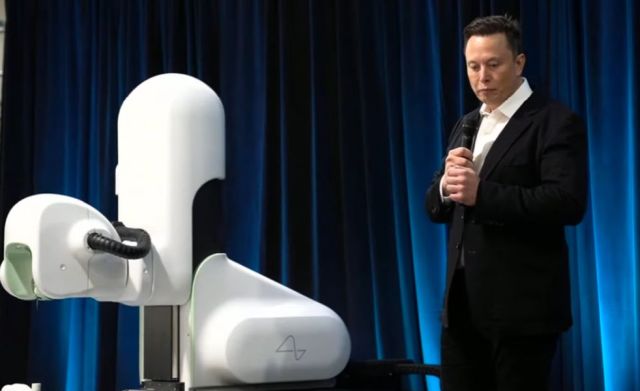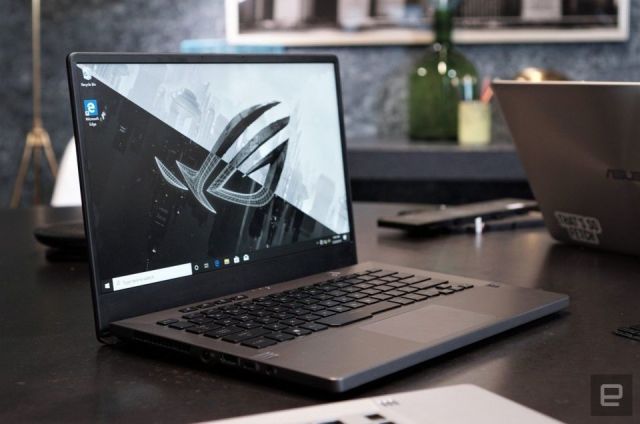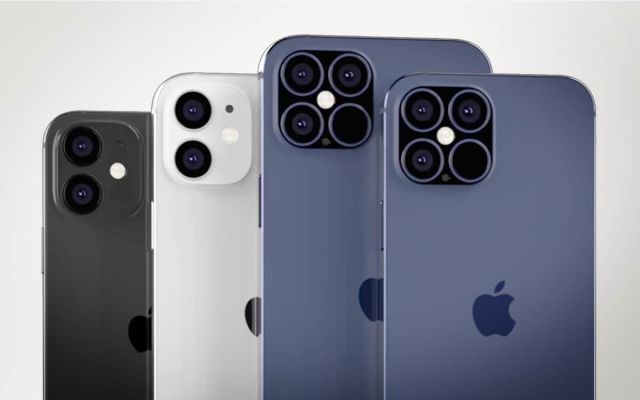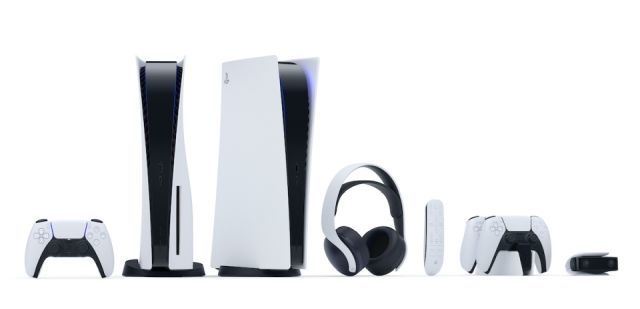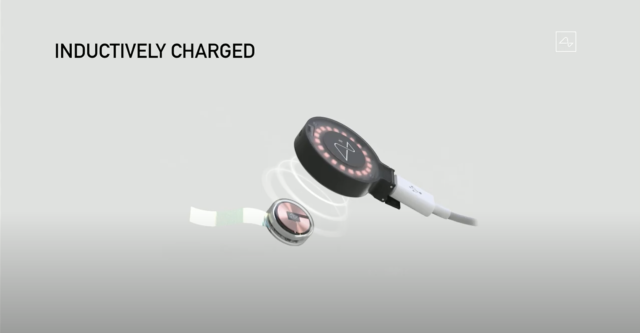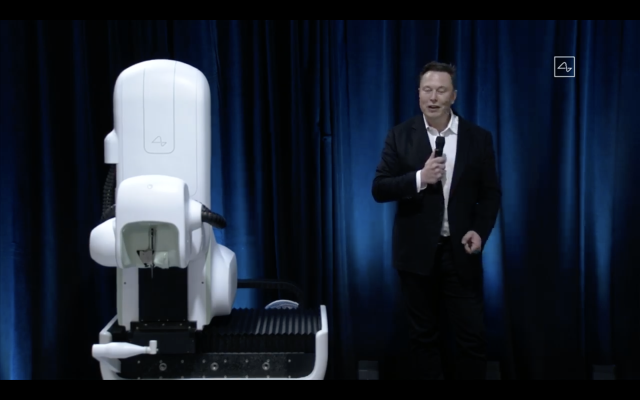Is the fact that internet firms have overtaken the Western media ecosystem actually bad for our society? Perhaps it is for the best, in that it breaks the more traditional centralization of content creation?
In fact, most of the appeal of social media originates from its capacity to connect us with issues and ideas that matter in our individual lives—issues that would not appear on traditional media formats at all—more so than the more abstracted concerns of the mainstream media.
Whereas power among the producers of the traditional news media has waned, the power of the internet platforms — Google, Facebook, Twitter — has quietly emerged. A key part of their ongoing commercial strength lies in their “first-mover advantage” in seizing the reins of the consumer internet business model, premised on the creation of advertising exchanges, at the same time as two technologies—data storage and computing—were rapidly expanding. Just as Google and Facebook settled on their advertising-based business models, these two technologies surpassed a key threshold that triggered the rise of the big-data economy; and as long as the internet companies could cling to its coattails, they would achieve great profitability.
What has emerged, though, is a commercial regime underlying the entire open web that is algorithmically trained solely for the maximization of profit for the leading internet firms subject only to a few blunt constraints.
On a near-continuous basis, algorithms are trained to understand the consumer’s preferences, beliefs, and interests, all of which are shuffled into the consumer’s behavioral profile; to keep the user engaged on the platform by understanding and ranking all content existing in the realm of posts that could be populated in the user’s social feed; and to push digital advertisements that are likely to engage the typical user. In a sense, then, learning algorithms are continuously and ubiquitously used by internet firms to infer as accurately as possible the individual user’s true nature and, accordingly, what arrangement of content should be pushed at the user to maximize profits. It is a fluid operation—representing perhaps the most well-oiled machine the world has ever seen.
This is what I call the radical “commercialization of decisions,” radical because of its continual refinement and complete ubiquity across leading internet firms. All decisions made by learning algorithms in the context of the consumer internet are now necessarily commercialized in light of the combination of supercharged big-data technologies and platform power.
That is to say, each decision made by a consumer internet learning algorithm—be it over the determination of what content to push at the user, an inference of the user’s character, or some other narrower practice—is financially incentivized and therefore initiated and propelled purely by the pursuit of commercial gains; there is currency tied to every decision-making process that occurs in the industry, no matter how impactful or important it is.
The consumer internet’s vertical integration of boundless data collection and seamless logical integration of machine learning into every decision surface pertaining to every user and group of users is not discretized in the traditional hierarchical sense. This is the rhizome, as articulated by Gilles Deleuze and Félix Guattari in their Capitalisme et Schizophrénie writings, at work. As with a rhizome, the ubiquitous commercialization of decision-making “has no beginning or end; it is always in the middle, between things, interbeing, intermezzo.” No matter what data or currency may flow into or out from it, it has one governing, gravitational rule: profiteering.
The consumer internet’s rhizomatic culture is one of discriminatory decision-making everywhere, in every circumstance, all the time—driven by the pure capitalistic energy of the Silicon Valley internet firm backed by the venture capitalists anticipating a barnburner buyout or initial public offering and the Wall Street executives hoping to cash in on any possible deal.
This is a stunning distinction from prior times: the commercialization of decision-making has created novel opportunities to disseminate all kinds of speech—whether organic, commercial, or otherwise nefarious in nature—and inject it throughout the modern media universe. It has holistically diseased our long-standing traditions of independence and fairness.
Individual capacity to determine what we see and are subjected to has been undermined and diminished by the consumer internet firms. Whereas the venue for information in decades past featured an open space for independent thought, it has now been invaded by a silent form of commercial speech; the content displayed before us comes at the beck and call of the firm responsible for populating the results page.
Each time we open the laptop or check the phone and use the services central to information consumption, we are subjected to an array of information preselected and ordered for us at the determination of a mercenary machine, with nothing trained into its decision modeling except profit maximization. And as researchers Gordon Pennycook, Tyrone Cannon, and David Rand have found, “even a single exposure [to fake-news headlines] increases subsequent perceptions of accuracy, both within the same session and after a week.” Such virulent consumption of presupposed conclusions within the filter seems to go hand in hand with related finding by Soroush Vosoughi, Deb Roy, and Sinan Aral that, based on analysis of rumor cascades from 2006 to 2017, fake news travels faster and further than the truth on Twitter.
We have graduated from the formative “public good” conceptualization of the World Wide Web at its inception. We are now in the age of the “commercial good”—that is, the good of the firms leading the industry.

